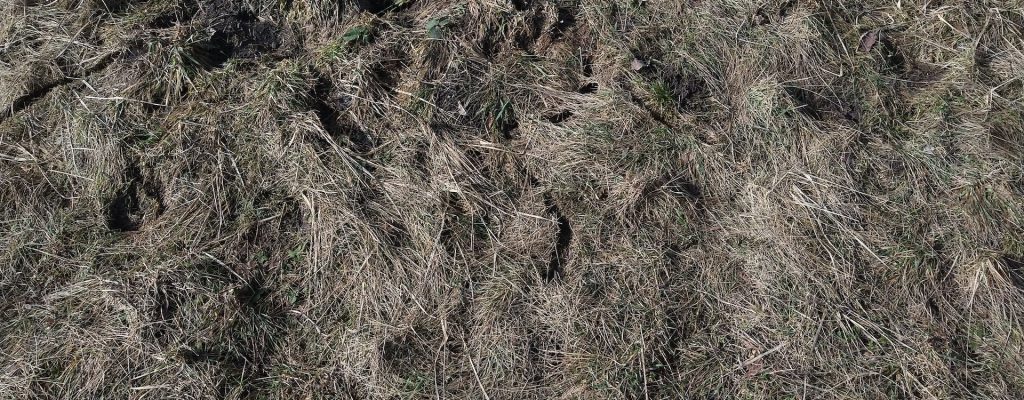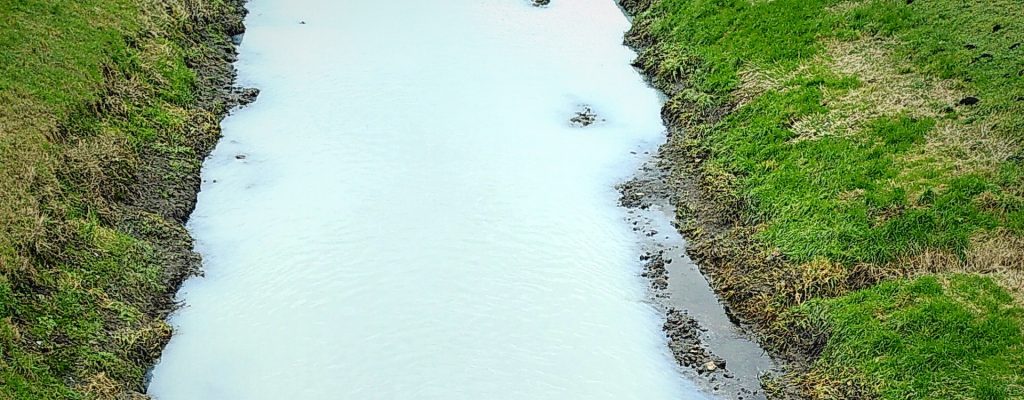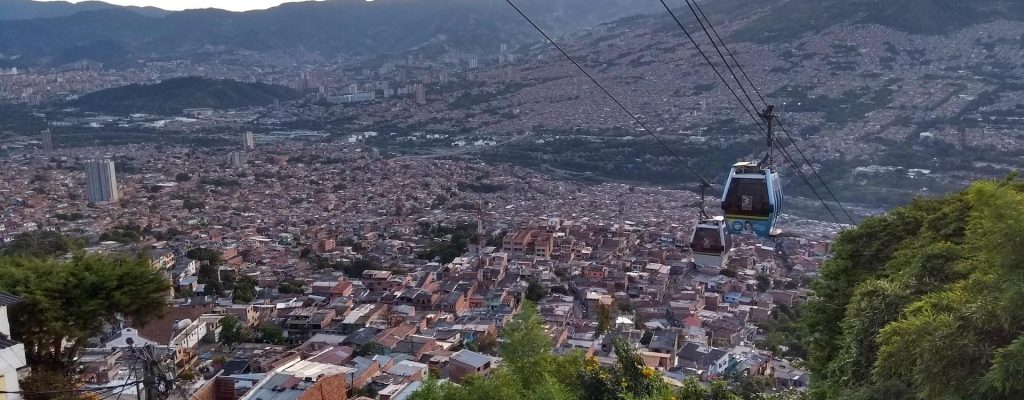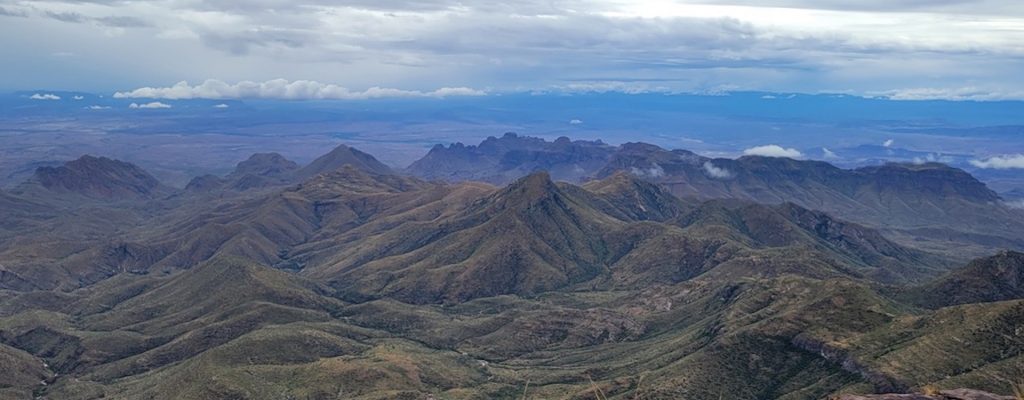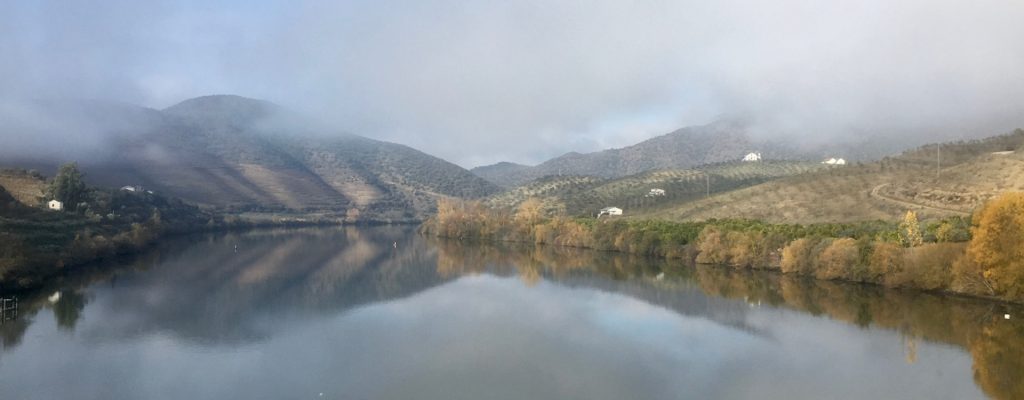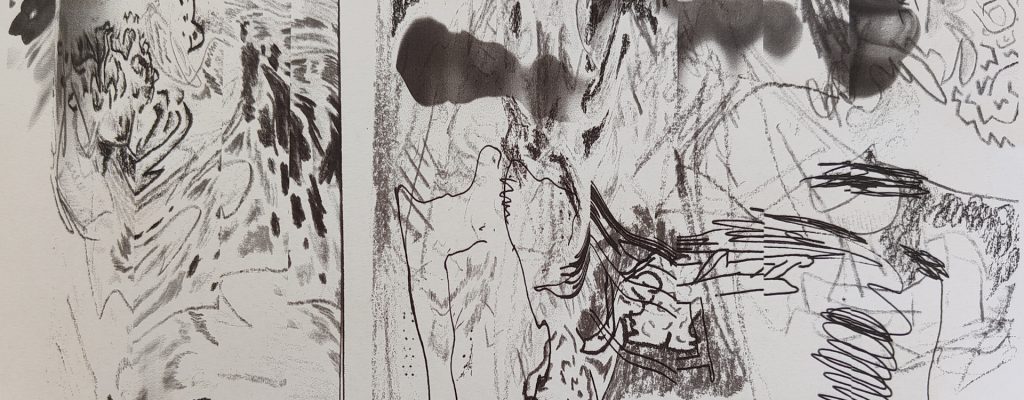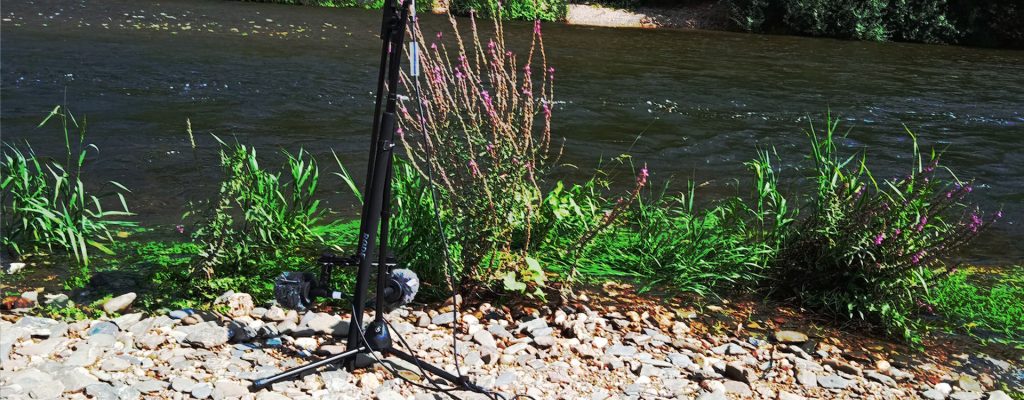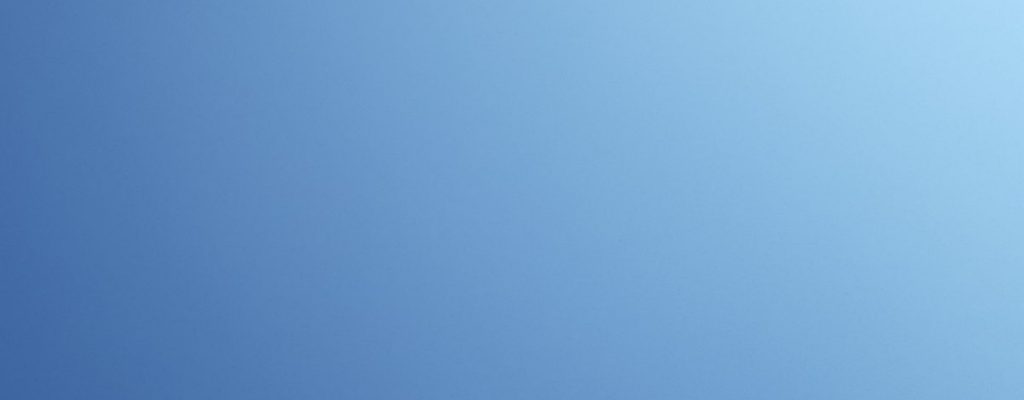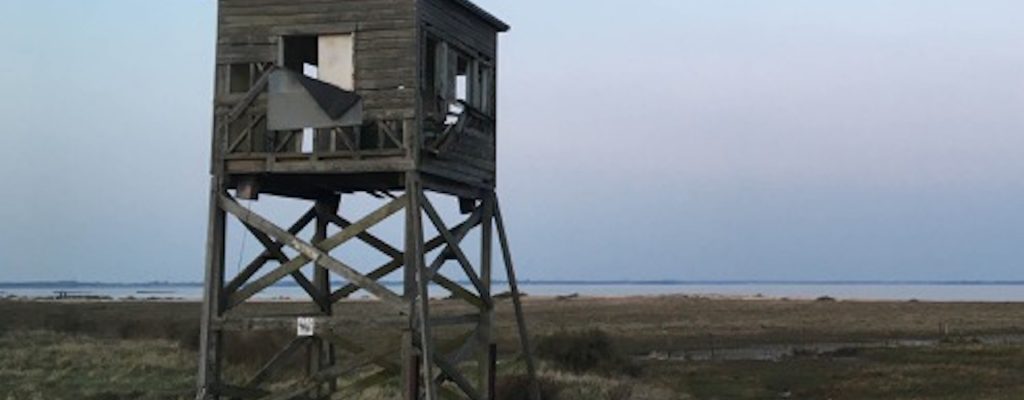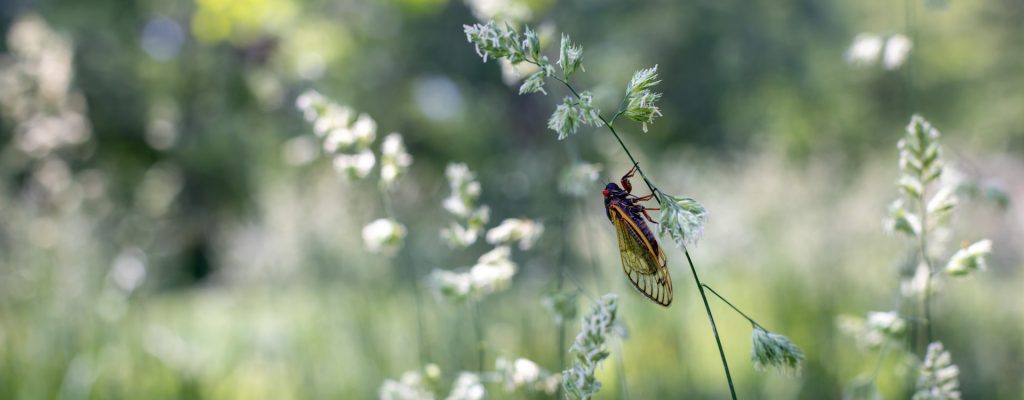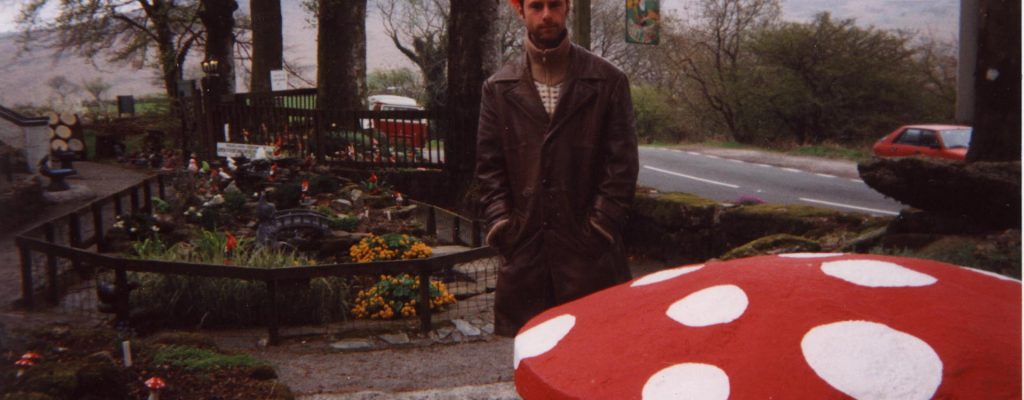Podcast: Play in new window | Download (Duration: 59:00 — 142.5MB)
Subscribe: RSS
this is the first edition of an ongoing collaboration between framework radio and CENSE – the central european network for sonic ecologies (https://cense.earth/). the series is titled symptoms of evidence; each new episode is produced for CENSE by polina khatsenka and petra kapš, and premieres on radio punctum in prague, before being repeated a few months later here on framework. our thanks go to radio punctum for their permission to rebroadcast these shows.
Symptoms of Evidence mixtape series is focused on bringing the field of acoustic ecology closer to the local listeners and interested individuals, introducing field-recordings as a sonic tool for examining our sound environment and enabling us to gain a deeper knowledge on the consequences of environmental processes, together with possible solutions retrieval. further info on the network can be found on the webpage https://cense.earth/.
Read more